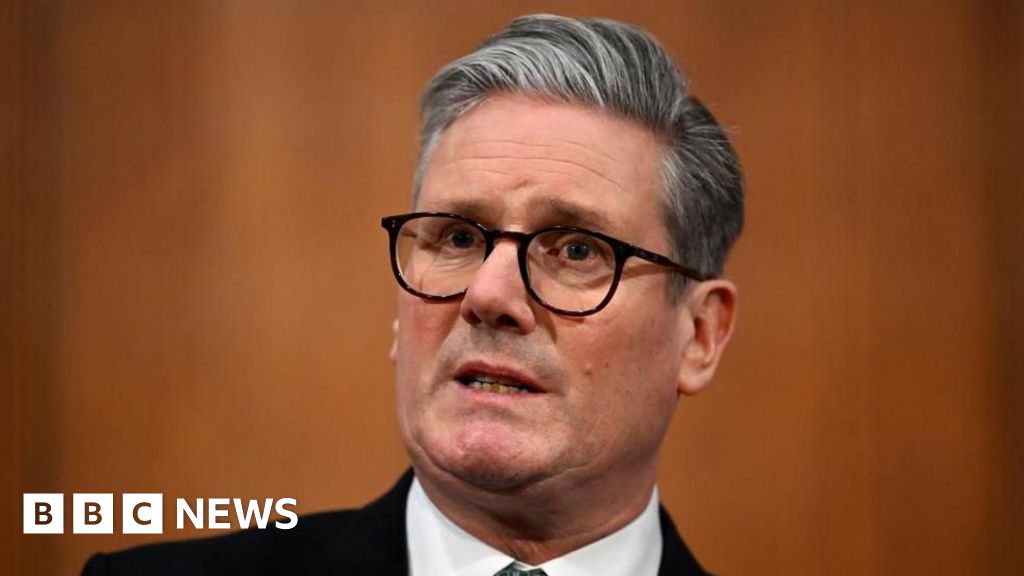
This week, and for the past month, significant attention has justifiably been focused on the ceasefire between Israel and Hamas, as well as the uncertain hostage release process. So far, 16 Israeli citizens and five Thai nationals have been freed from the dire circumstances of Hamas captivity.
However, another crucial ceasefire is emerging in the north between Israel and Lebanon. This arrangement aims to mitigate the threat posed by Hezbollah.
The agreement, which came into effect on November 27, outlined that IDF troops are to withdraw from southern Lebanon by January 26. Key points of the agreement include permitting Hezbollah fighters to move north of the Litani River, the pullback of IDF forces south of the Blue Line, and the deployment of the Lebanese Army to occupy Hezbollah strongholds and dismantle their established networks.
The ceasefire features an additional clause allowing Israel to target any Hezbollah operatives who cross south of the Litani River, in addition to any attempts by Hezbollah to rearm itself.
Initially set for January 27, the Israeli withdrawal was postponed, and the status quo was extended until February 18 after Israel reported that the Lebanese Army was not completely deployed in the southern region, necessitating the continued presence of the IDF.
Is the Lebanese Army Prepared for a Complete Deployment?
The United States supports the ceasefire. On January 24, just three days before the expected Israeli withdrawal, Brian Hughes, a spokesperson for the White House National Security Council, emphasized the shared objective of ensuring that Hezbollah poses no threat to the Lebanese population or their neighbors, highlighting the urgent need for a temporary extension of the ceasefire.
Since then, Israel has remained vigilant, responding to Hezbollah’s breaches of the ceasefire. Recently, IAF jets targeted a tunnel used by Hezbollah for smuggling weapons from Lebanon into Syria.
The IDF also conducted strikes on munitions and launch sites in Lebanon that were still operational, violating the agreed ceasefire.
Concerningly, the IDF has reported that the Lebanese Army is still not fully ready for deployment in areas from which Israel is expected to withdraw next week.
This situation has prompted Israel to consider maintaining a presence in several locations within Lebanon even after the proposed February 18 withdrawal date. According to reports from KAN, Israeli officials indicated that the US has given permission for their troops to remain “in several locations” beyond this deadline, though no new timeline was provided.
Nevertheless, the US appears to be resisting any additional extension of the withdrawal. Deputy Mideast envoy Morgan Ortagus, during a recent visit to Lebanon and Israel, expressed that the Trump administration considers February 18 a “firm date” for the completion of Israel’s withdrawal.
Despite having been significantly weakened by Israeli operations last year, Hezbollah remains a potential threat—both to Israel and to Syria, whose new leader, Ahmed Shara’a, is contending with challenges from Hezbollah and related destabilization efforts.
While Hezbollah is not officially part of the new Lebanese government formed last week, its ally Amal, led by Parliament Speaker Nabih Berri, was allowed to appoint four members of the new cabinet, including Finance Minister Yassin Jaber, who has close connections to Hezbollah.
It is crucial that Hezbollah adheres to the ceasefire terms, and the Lebanese Army must position itself in southern Lebanon areas previously controlled by the group.
If these conditions are not fulfilled, we support any government decision to postpone the IDF withdrawal past the February 18 deadline. We urge the US and other nations interested in a hopeful future for Lebanon, as well as Israel’s secure northern border, to advocate for Jerusalem’s position.
Residents of Israel’s northern regions deserve to live free from the constant anxiety posed by Hezbollah and the ongoing rocket attacks that have persisted since October 7, 2023.
If it takes additional time to reach this objective, that may be necessary to prevent Hezbollah from reasserting itself in southern Lebanon, negating the achievements made over the past year to neutralize the group.









